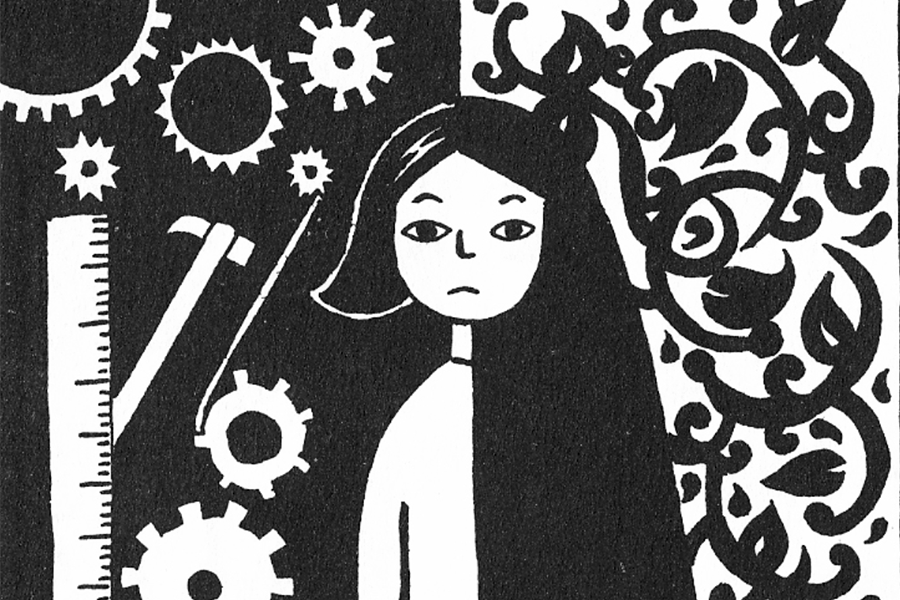Marjane Satrapi’s Persepolis
Kerr Houston
Synopsis:
Marjane Satrapi’s Persepolis is regularly named as one of the best graphic novels ever written, and has been analyzed from a variety of narrative and historical angles. Importantly, it can also be seen as meaningfully engaging with the larger history of Islamic art and visual culture, and this presentation focuses on some of the ways in which it does so. In its use of panels, binary oppositions, and occasional frontal views, the book draws on well-known Islamic precedents. But Satrapi also pairs such longstanding formal traditions with European artistic idioms to suggest the irreducible importance of both complexity and heterogeneity.
References:
Chute, Hillary. “The Texture of Retracing in Marjane Satrapi’s ‘Persepolis,’” Women’s Studies Quarterly 36, no. 1/2 (Spring/Summer 2008), 92–110. ![]()
Eberstadt, Fernanda. Review of Persepolis, New York Times Book Review online, May 11, 2003. ![]()
Gruber, Christiane. “The Message is on the Wall: Mural Arts in Post-Revolutionary Iran,” Persica 22 (2008), 15–46. ![]()
Houston, Kerr. “Narrative and Pictorial Dualism in Persepolis and the Emergence of Complexity,” in A. David Lewis and Christine Hoff Kramer, eds., Graven Images: Religion in Comic Books and Graphic Novels (New York: Continuum, 2010), 230–246. ![]()
Leservot, Typhaine. “Occidentalism: Rewriting the West in Marjane Satrapi’s ‘Persepolis,’” French Forum 36, no. 1 (Winter 2011), 115–130. ![]()
Malek, Amy. “Memoir as Iranian Exile Cultural Production: A Case Study of Marjane Satrapi’s Persepolis Series.” Iranian Studies 39, no. 5 (Sept. 2006), 353–380. ![]()
Nabizadeh, Golnar. “Vision and Precarity in Marjane Satrapi’s ‘Persepolis,’” Women’s Studies Quarterly 44, no. 1/2 (Spring/Summer 2016), 152–167. ![]()
Satrapi, Marjane. The Complete Persepolis (New York: Pantheon Books, 2007). ![]()
Schapiro, Meyer. “Frontal and Profile as Symbolic Forms,” in Words and Pictures (Paris: Mouton, 1973), 37–49. ![]()
Worksheet:
A worksheet for this video is available here.
Also visit the Khamseen Worksheets page here.
Citation:
Kerr Houston, “Persepolis,” Khamseen: Islamic Art History Online, published 3 November 2022.

Kerr Houston is a professor of art history, theory and criticism at the Maryland Institute College of Art, where he has taught since 2002. His scholarship focuses primarily on Italian Renaissance visual culture and contemporary art and art criticism, but he also teaches courses on Islamic art and architecture and the history of aesthetics. He is the author of two books—An Introduction to Art Criticism and The Place of the Viewer: The Embodied Beholder in the History of Art, 1764-1968—and numerous articles. He also served as the editor of Art Inquiries from 2017 to 2020.


